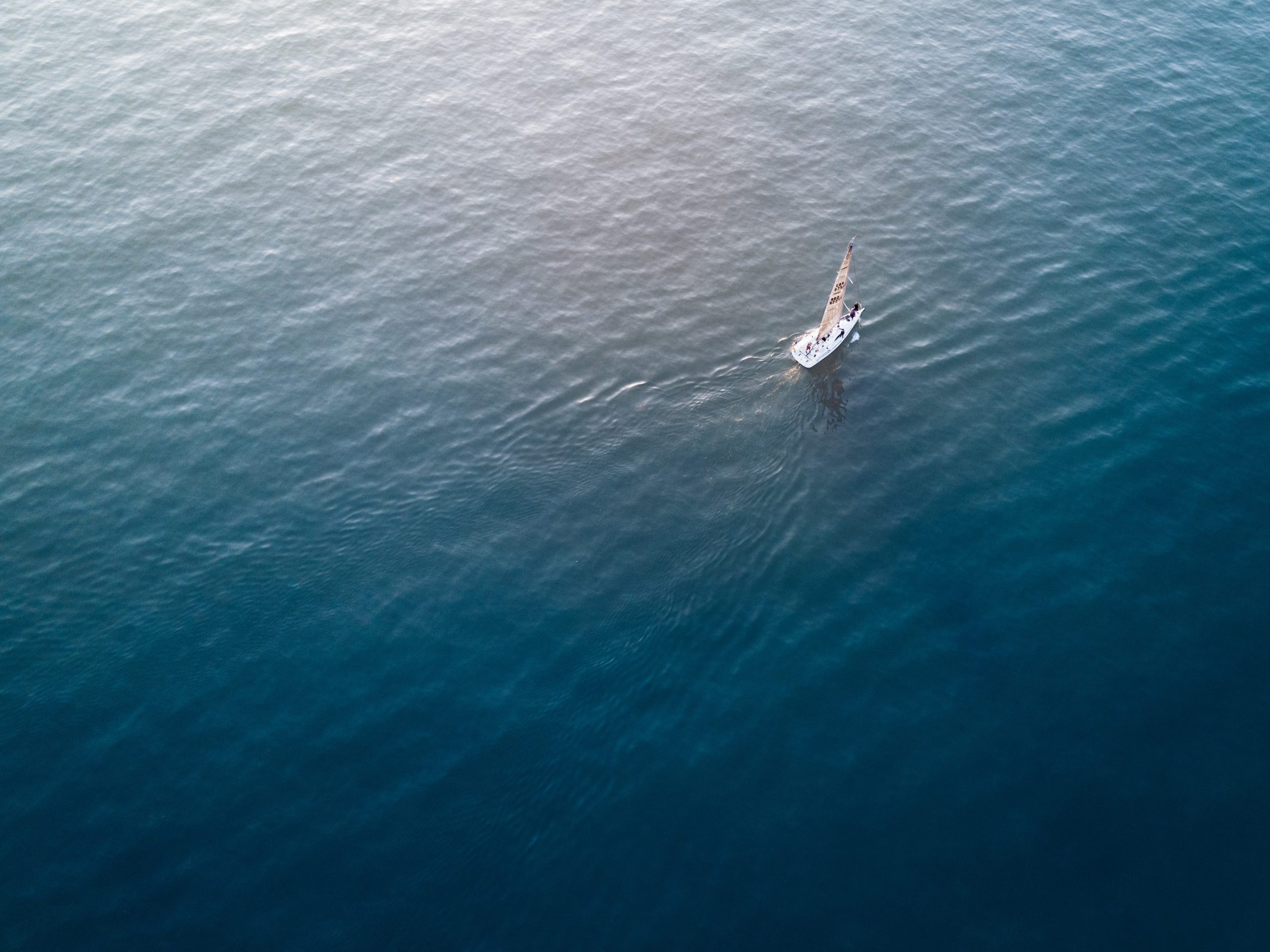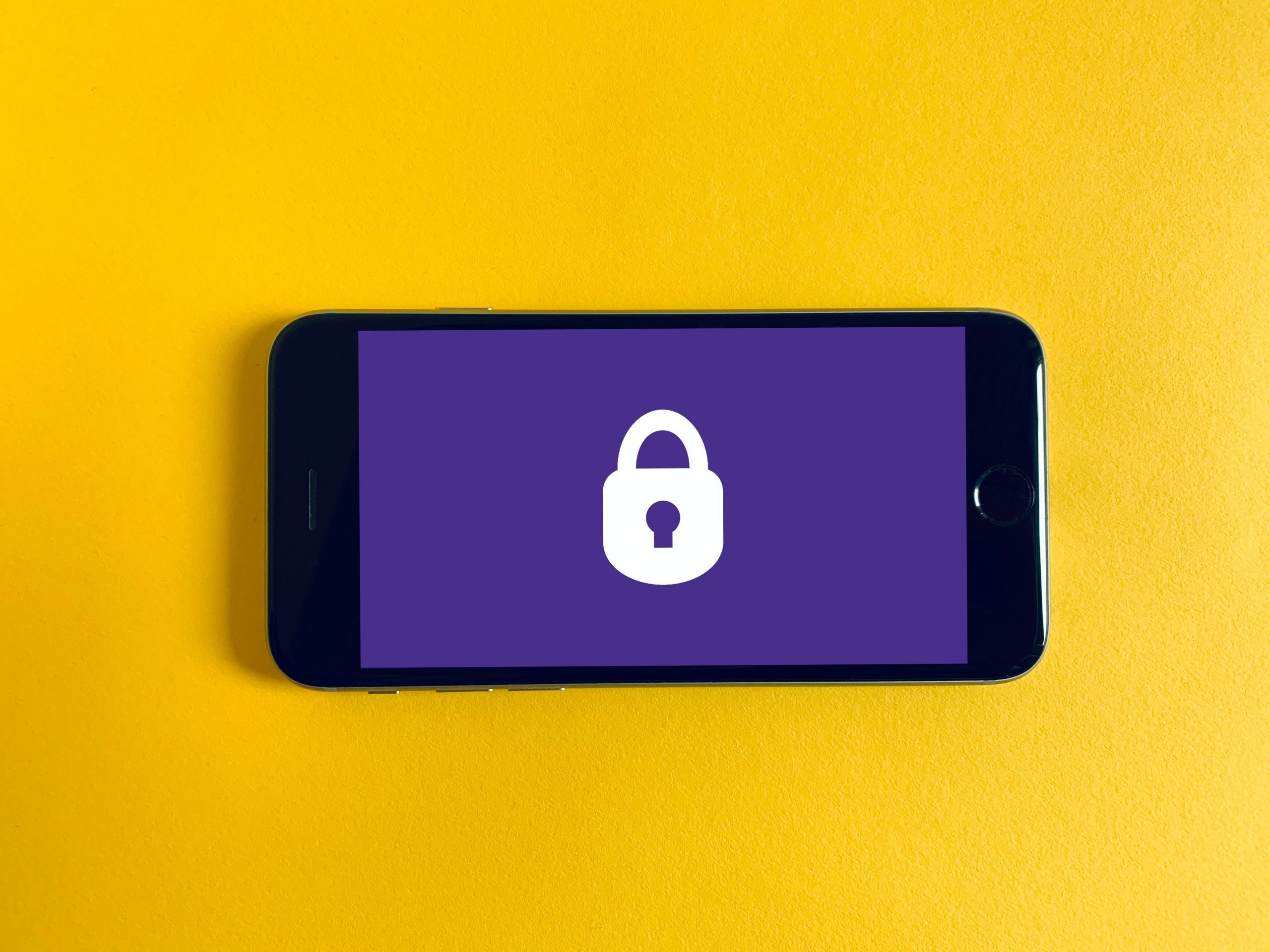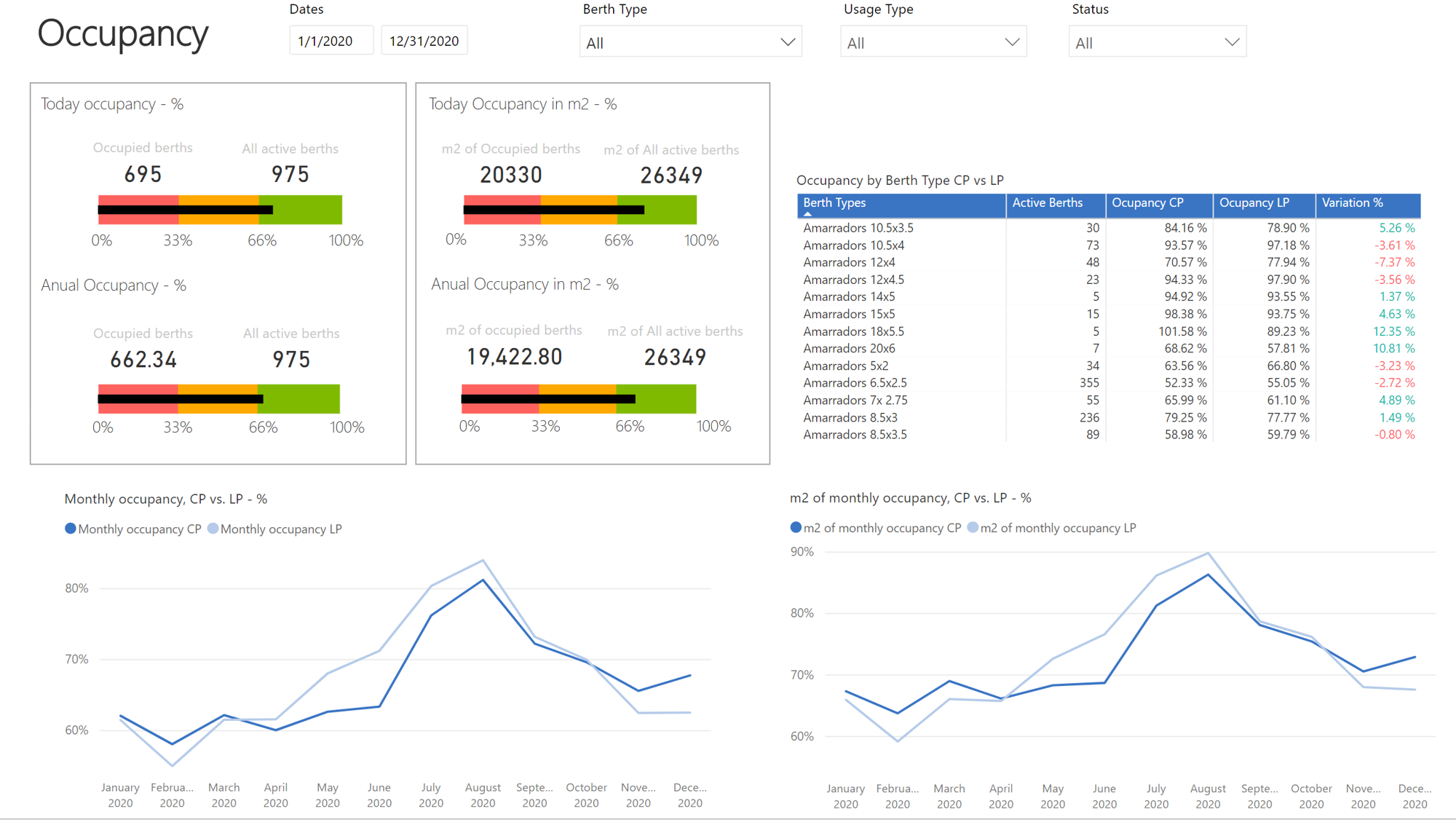About a year ago, a conversation about the Black Death came up at home. At school, my older daughter had been working on several legends, including the legend of “El Tarlà”. “El Tarlà” is one of the most typical and emblematic figures of Girona, as well as being a figure that children really enjoy. The legend originates from a time when the Black Death was one of the most deep-rooted collective fears due to its deadly consequences. A small outbreak manifested on Argentería Street, and to avoid possible contagion to the rest of the city, the street was quarantined, closed off at each end with fences made of cane. The long hours of sadness and boredom were enlivened by the performance of a popular character called “Tarlà”, who did capers on the balconies. Thus, the days spent locked up passed more cheerfully. To commemorate the likable character, once the street was reopened, they built a doll that hung from a rotating bar imitating the somersaults of its flesh-and-blood predecessor, and each year, during the spring festivals, it is hung in the city.
In that conversation, the typical question arose, “Mom, what is the Black Death?” I, trying to give the most correct explanation, told her that it was a pandemic, that is, a disease that spread very quickly. She got scared and told me she didn’t want to get sick from a disease like that, and my response was: don’t worry, pandemics don’t exist anymore.
Not even half a year had passed when the COVID-19 health crisis began. From that moment on, the conversation with my daughter has come to my mind many times since what happened was completely unexpected and has turned out to be a real setback in our lives, forcing us to adapt and reinvent ourselves, changing our habits and ways of relating to our environment.
One interpretation of the legend of “El Tarlà” can be summed up in two words: imagination and innovation. “El Tarlà” was the protagonist because in those dark days where the only thing heard was funeral music, he was able to bring color to the situation. Today, what we are experiencing is not so far from “El Tarlà” and the Black Death, and that legend tells us that those who will emerge strengthened from the situation will be those who can imagine and create something better and useful for others.
Working along these lines and with the aim of helping the marina sector, we propose two strategies to boost their productivity and the services they provide to their customers:
- Advance and accelerate the use of technology to manage their operations.
- Define new services for their customers, allowing them to offer added value despite the distance.
How can the workers at our marina advance in their tasks while minimizing their presence in the offices? It is clear that there are jobs that necessarily require being on-site, such as a sailor helping a customer moor their boat; but there are tasks/jobs that can continue to be done remotely using technology. Marinas that use Galatea as a program to manage their services and operations have been able to continue working on their administrative and management tasks at all times, including at the height of the pandemic, from their own homes, thanks to the cloud. Galatea’s data is stored in the cloud, allowing it to synchronize with all the corporate devices of the marina’s employees, facilitating effective online work.
Moreover, if you add working in the Microsoft 365 Apps environment to Galatea, you get the set of tools needed to improve productivity, from anywhere, with any device, collaborating with your colleagues.
How can we reach our customers and offer them services digitally? In the second strategy, we focus on helping our marinas provide value to their customers and facilitate remote contracting of their services. Thus, we work on the “contactless” model, designing processes that can be fully executed remotely. One example: customers are used to going to their marina to sign the annual berth renewal contract or to request a service, but what if they could do it from home or from their boat? So a simple process like signing a document, which we are accustomed to doing in person, can be done from a mobile app; you receive a notification, press it, log in, review and decide whether or not you want to sign the document. That easy!
So making the nautical analogy, it’s time to sail into the wind, but not stop moving forward!




